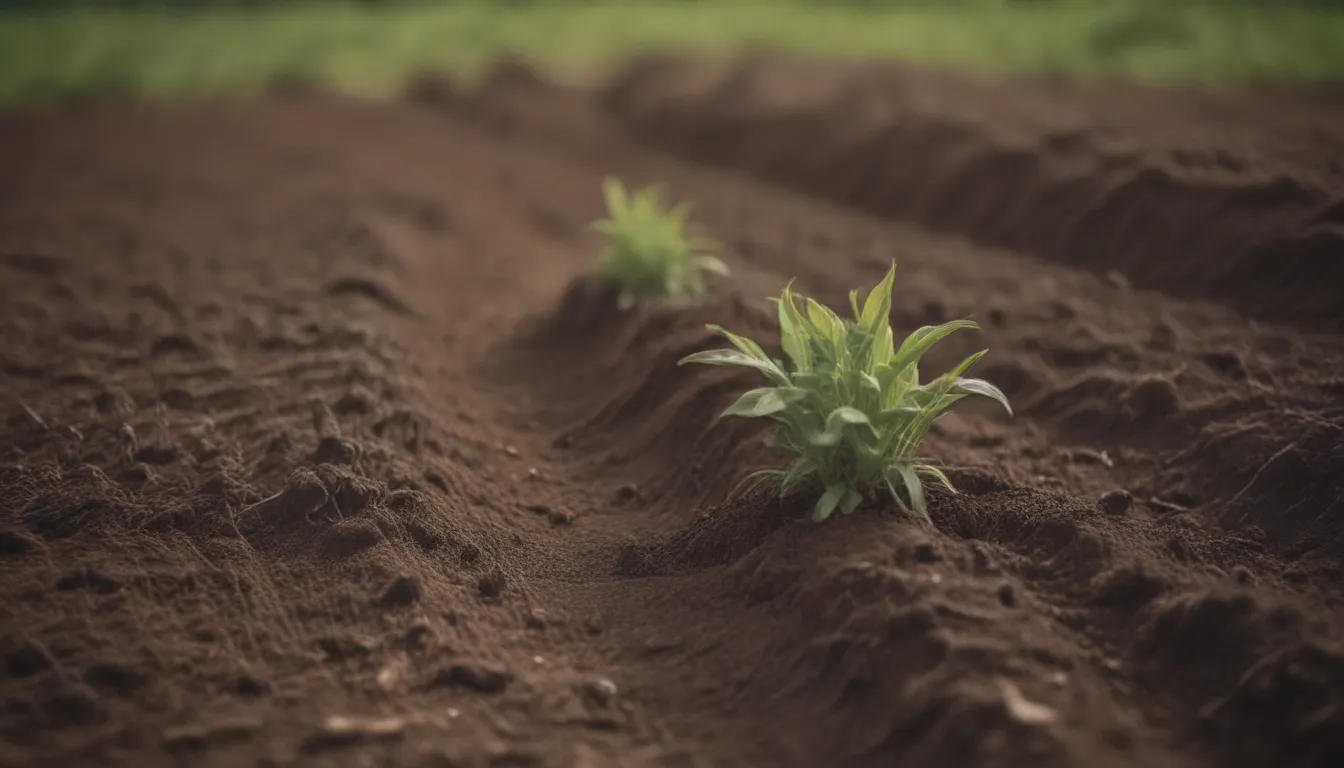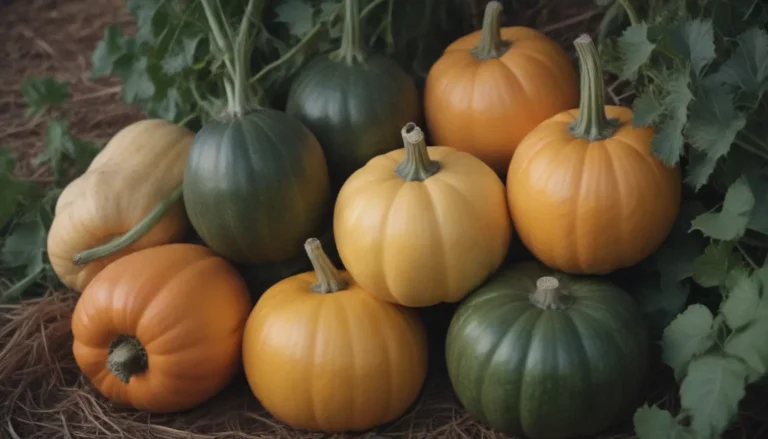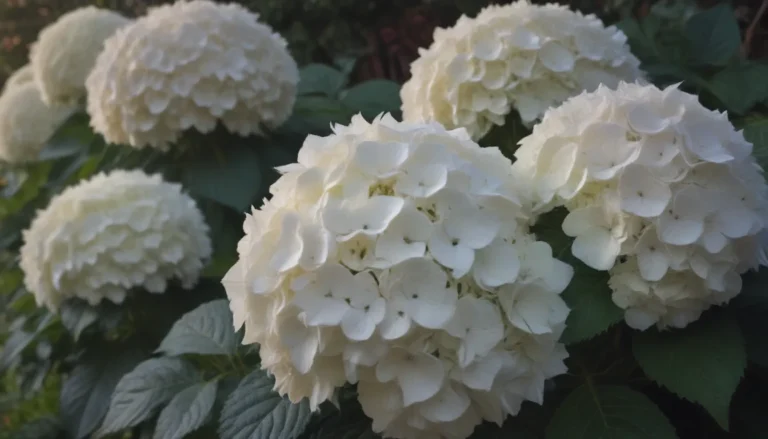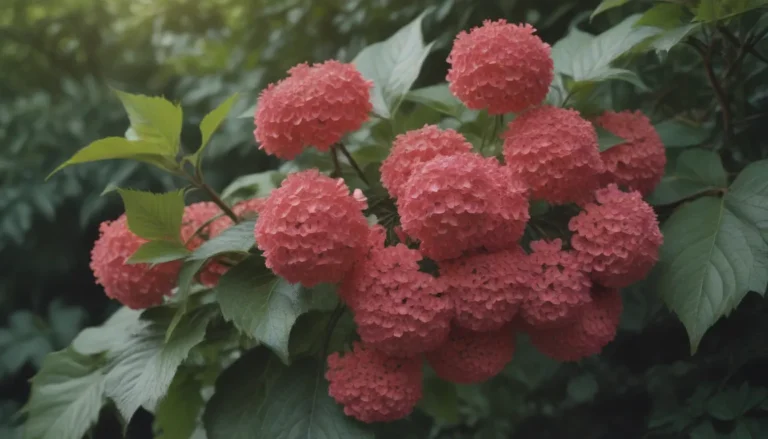The Ultimate Guide to Adding Nitrogen to Your Soil

Nitrogen is a crucial nutrient for plants, playing a key role in their growth and development. Without an adequate supply of nitrogen, plants would struggle to thrive and produce flowers or fruit. In this comprehensive guide, we will explore ten easy ways to add nitrogen to your soil, ensuring that your plants have the nutrients they need to flourish.
Why Nitrogen Is Important
Nitrogen is a major component of chlorophyll, the compound that allows plants to perform photosynthesis. It is also a critical element in amino acids, the building blocks of proteins. Without enough nitrogen, plants would struggle to produce essential proteins and enzymes, leading to stunted growth and poor overall health.
Signs Your Soil Needs Nitrogen
Before adding nitrogen to your soil, it’s essential to determine whether your plants are actually lacking this crucial nutrient. Excess nitrogen can be harmful to both plants and the environment, so it’s important to diagnose the issue correctly. Signs that your soil may need nitrogen include:
- Chlorosis: yellowing leaves
- Lack of flower bloom
- Fruit not producing
- Recurring disease
- Overall failure to thrive
If you notice these symptoms in your plants, it may be time to add nitrogen to your soil.
Best Times to Add Nitrogen
It’s generally best to add nitrogen to your soil in the spring and fall when plants are entering their growth phases. Avoid adding nitrogen during the heat of summer, as this can stress plants. However, slow-release nitrogen sources like manure and compost can be added at any time of year to provide a steady supply of nutrients.
10 Easy Ways to Add Nitrogen to Your Soil
1. Manure
- Chicken manure has the highest nitrogen content, followed by horse and cow manure.
- Fresh manure should be composted for at least six months before use.
- If fresh manure is unavailable, aged manure can be purchased from garden centers.
- Apply 200 pounds of cow manure, 70 pounds of chicken manure, or 65 pounds of horse manure per 100 square feet.
2. Biosolids
- Biosolids are organic materials recycled from municipal wastewater treatment plants.
- Heat-dried products and Class A blends are common types of biosolids.
- Beware of toxic chemicals like PFAS in biosolids.
3. Compost Tea
- Steep or brew vermicompost in water to create homemade nitrogen fertilizer.
- Ideal for container plants as a quick nutrient fix.
- Compost tea should not be a replacement for commercial fertilizer.
4. Animal Products
- Fish emulsion and blood meal are by-products of the fish and meat industries, respectively.
- Guano, the excrement of seabirds or bats, is another nitrogen-rich option.
5. Nitrogen-Fixing Plants
- Plant legumes like peas, beans, or cover crops to naturally increase nitrogen levels in the soil.
- Bacteria in the roots of these plants convert atmospheric nitrogen into a form that plants can use.
6. Organic vs. Inorganic Nitrogen
- Organic sources release nitrogen slowly and pose less risk of burning plants.
- Inorganic and synthetic sources provide quick results but may leach into the soil.
7. Commercial Fertilizer
- Select balanced fertilizers with high nitrogen content for optimal plant growth.
- Look for products with varying release rates to sustain plant health over time.
8. Inorganic Sources
- Ammonium nitrate, calcium nitrate, and ammonium sulfate are common inorganic nitrogen fertilizers.
- These water-soluble options provide immediate nutrients but can burn plants if overapplied.
9. Synthetic Nitrogen
- Urea and urea-based fertilizers offer quick-release nitrogen for lawns and turf.
- Coated urea can provide slow-release nitrogen, depending on environmental conditions.
10. Organic Mulch
- Grass clippings and coffee grounds are natural sources of nitrogen for your soil.
- Lay them as mulch around plants for a cost-effective nutrient boost.
Conclusion
Adding nitrogen to your soil is a crucial step in promoting healthy plant growth. By understanding the different sources of nitrogen and when to apply them, you can ensure that your plants have the nutrients they need to thrive. Whether you choose to use manure, compost tea, or nitrogen-fixing plants, there are plenty of options available to help you boost nitrogen levels in your soil.
References:
– Using Biosolids in Gardens and Landscapes, Washington State University Extension
– Risk Assessment of Pollutants in Biosolids, EPA
– Types and Uses of Nitrogen Fertilizers for Crop Production, Purdue University Cooperative Extension Service
– Coffee Grounds and Composting, Oregon State University Extension Service
With these tips in hand, you can confidently add nitrogen to your soil and watch your plants thrive. Remember to always test your soil and monitor your plants’ health to ensure they have the nutrients they need for robust growth. By incorporating these nitrogen-boosting strategies into your gardening routine, you’ll be well on your way to a luscious, thriving garden!





